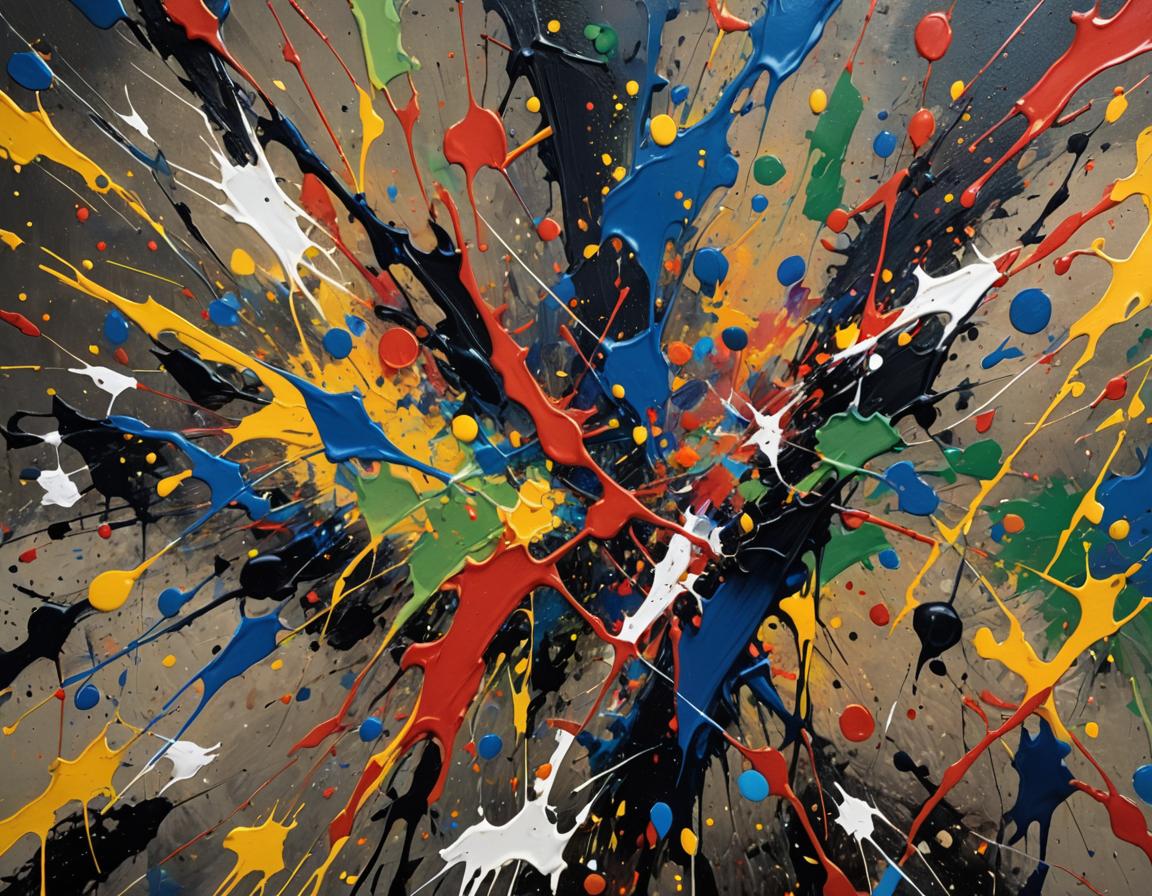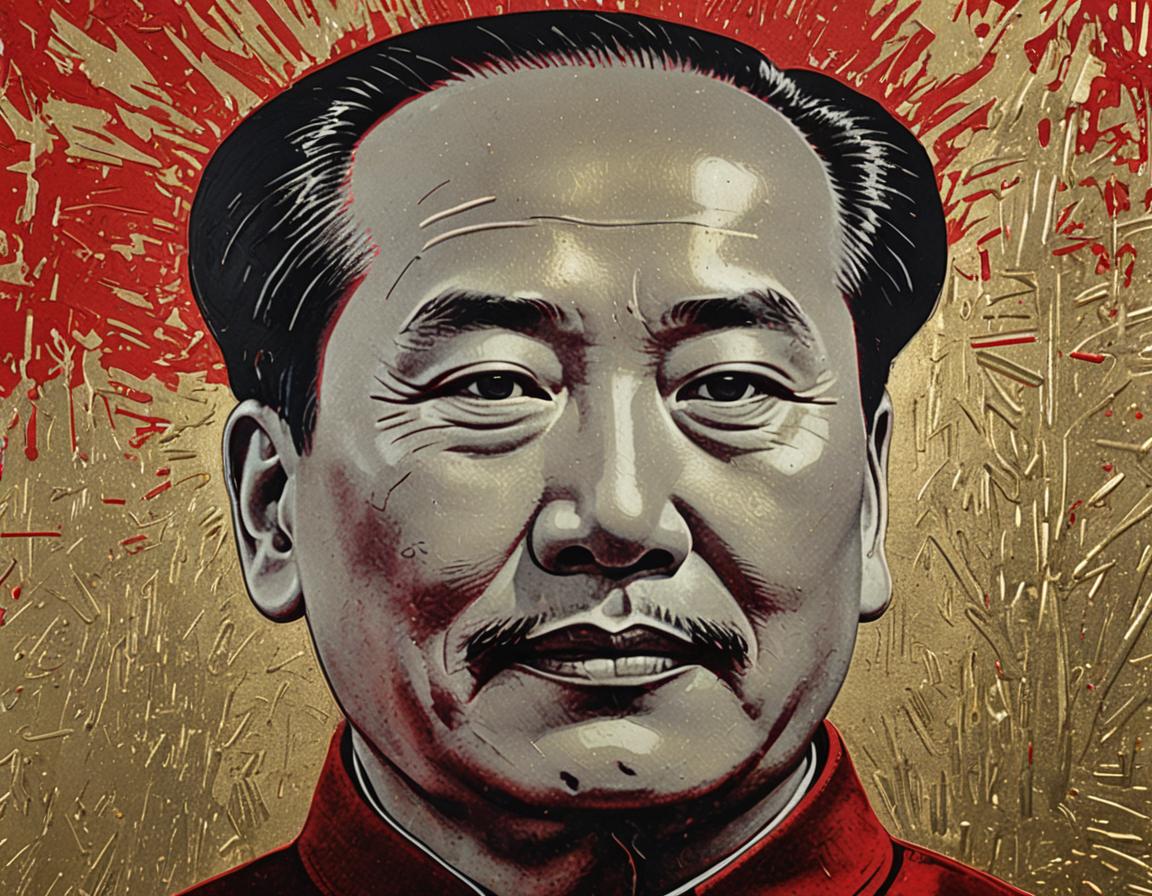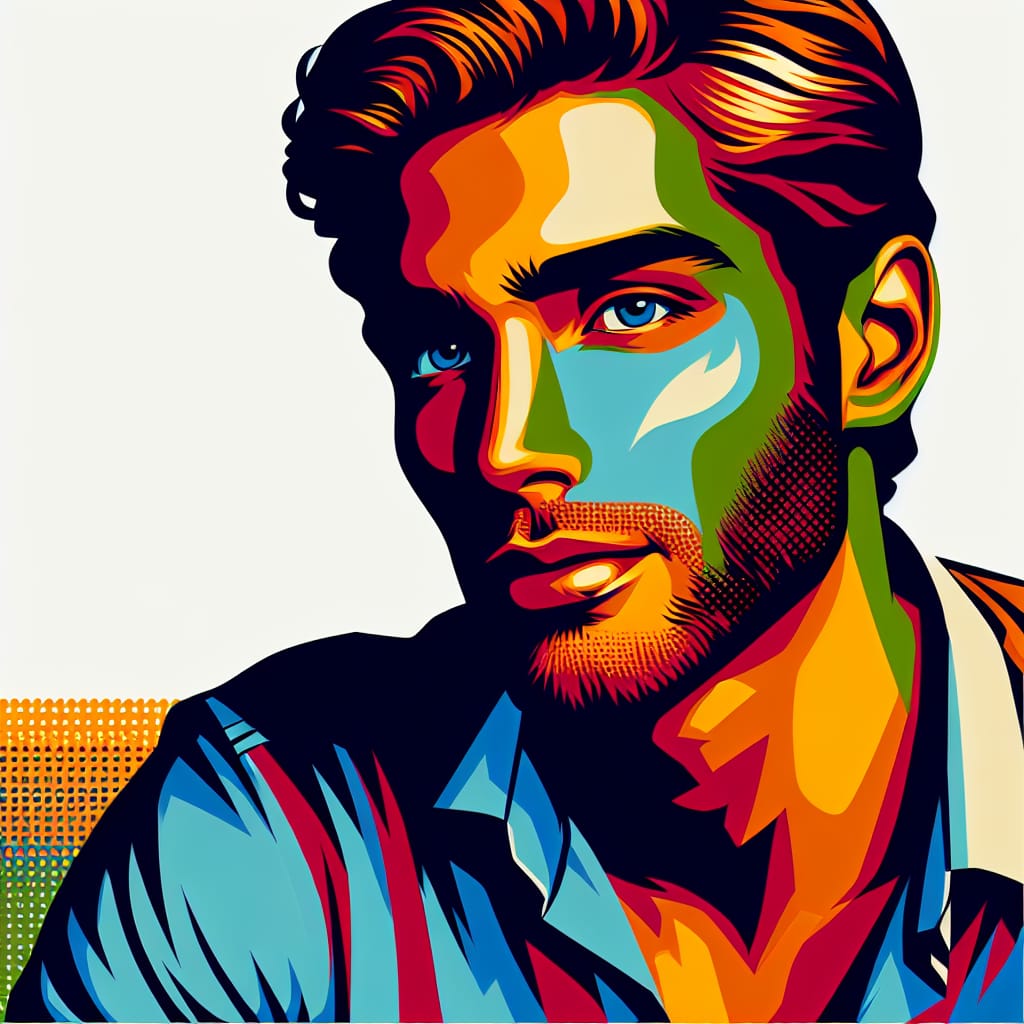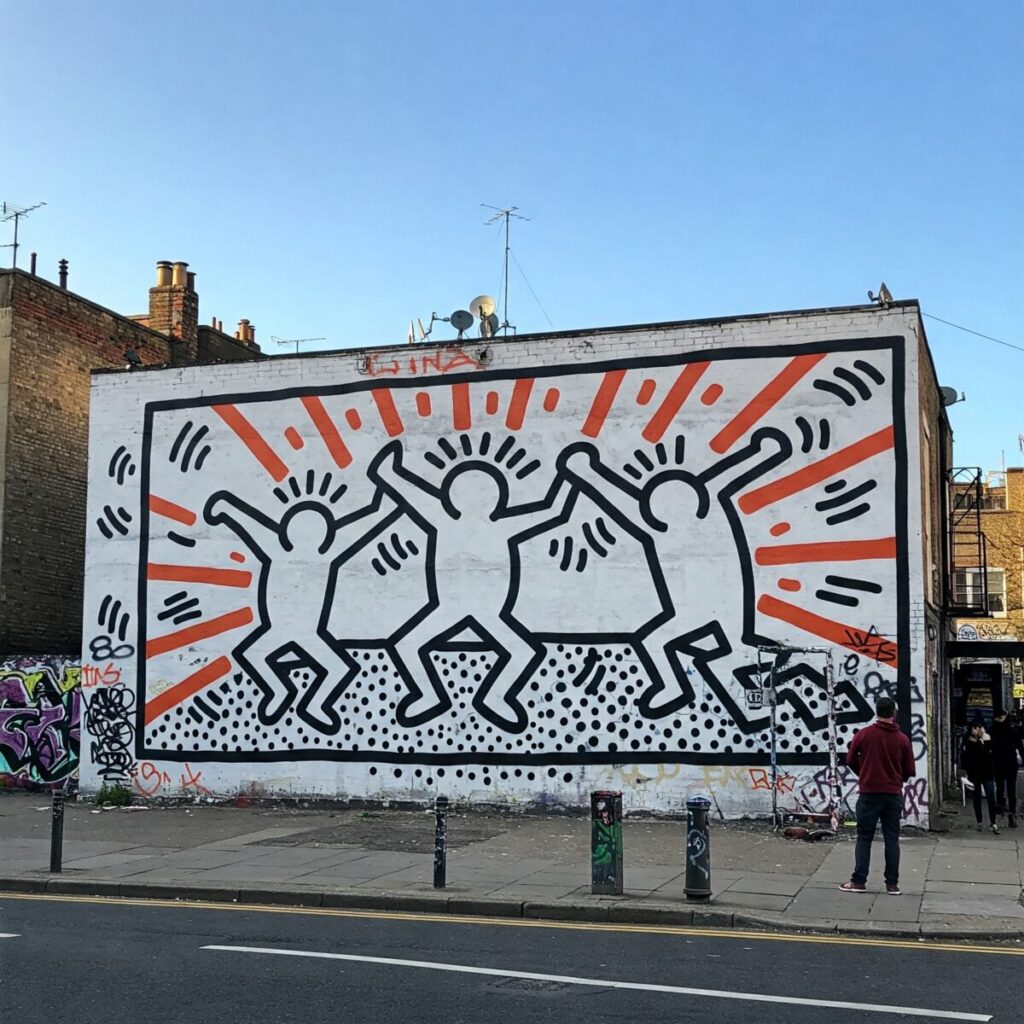Pop art, a revolutionary art movement that emerged in the 1950s and flourished in the 1960s, has left an indelible mark on the landscape of modern and contemporary art. This vibrant and often provocative style challenged traditional notions of what constitutes art, blurring the lines between high culture and popular culture. While pop art is known for its bold colors, mass media imagery, and commentary on consumerism, it’s essential to recognize that this groundbreaking movement didn’t emerge in a vacuum. Instead, pop art reflects the influence of earlier artists and art movements, building upon and reacting to the rich tapestry of art history.
The Roots of Pop Art: Dada and Surrealism
To understand pop art’s lineage, we must first look at the Dada movement of the early 20th century. Dadaism, with its emphasis on absurdity and rejection of traditional artistic values, laid the groundwork for pop art’s irreverent approach to high culture. Marcel Duchamp’s iconic “Fountain” (1917), a porcelain urinal submitted as art, challenged the very definition of art itself. This concept of “readymades” – everyday objects presented as art – would later influence pop artists like Andy Warhol and his famous Campbell’s Soup Cans.
Surrealism, another influential predecessor, contributed to pop art’s exploration of the subconscious and juxtaposition of seemingly unrelated images. Salvador Dalí’s melting clocks and René Magritte’s bowler-hatted men floating in the sky paved the way for pop art’s playful manipulation of familiar imagery. The surrealists’ techniques of collage and assemblage would find new expression in the hands of pop artists like Richard Hamilton and Tom Wesselmann.
Abstract Expressionism: The Immediate Precursor
In many ways, pop art can be seen as a reaction against Abstract Expressionism, the dominant art movement of the 1940s and 1950s. Artists like Jackson Pollock and Willem de Kooning emphasized spontaneity, emotion, and the artist’s inner world. Pop artists, in contrast, turned their gaze outward to the burgeoning consumer culture of post-war America and Britain. However, the influence of Abstract Expressionism can still be seen in the large-scale works and bold use of color characteristic of many pop art pieces.

Cubism and Modernism: Fragmenting Reality
The influence of Cubism, pioneered by Pablo Picasso and Georges Braque, can be discerned in pop art’s fragmentation and reassembly of imagery. Roy Lichtenstein’s comic book-inspired works, with their Ben-Day dots and bold outlines, echo the Cubist practice of breaking down and reconstructing visual reality. Similarly, the clean lines and geometric shapes of Modernism found their way into the graphic style of many pop art works.
Commercial Art and Advertising: A Direct Influence
Perhaps the most immediate influence on pop art came from the world of commercial art and advertising. Many pop artists, including Andy Warhol, had backgrounds in commercial illustration. The techniques and imagery of advertising – bold typography, eye-catching colors, and repetitive imagery – became central to the pop art aesthetic. This appropriation of commercial techniques to create fine art was a radical departure from previous art movements and a defining characteristic of pop art.
The Legacy of Earlier Portrait Artists
While pop art is often associated with depictions of consumer goods and mass media imagery, portraiture played a significant role in the movement. Artists like Andy Warhol and Roy Lichtenstein created iconic portraits of celebrities and historical figures, drawing on the long tradition of portraiture in Western art. However, they reimagined this tradition through the lens of mass media and mechanical reproduction. Warhol’s silkscreen portraits of Marilyn Monroe and Mao Zedong, for instance, can be seen as a continuation and subversion of the portrait tradition established by artists like Rembrandt and Velázquez.

Pop Art’s Global Influences
While pop art is often associated with American and British artists, it was a global phenomenon that drew inspiration from diverse cultural sources. Japanese artists like Yayoi Kusama brought elements of traditional Japanese art into the pop art sphere, while Latin American artists like Beatriz González incorporated local popular culture into their work. This global cross-pollination of ideas enriched the pop art movement and demonstrated its ability to adapt to different cultural contexts.
The Influence of Photography and Film
The rise of photography and film in the early 20th century had a profound impact on visual culture, and pop art was quick to incorporate these new media into its repertoire. The use of photographic imagery, either directly or as source material, became a hallmark of pop art. Artists like Robert Rauschenberg and James Rosenquist incorporated photographic elements into their paintings and collages, blurring the lines between different media.
Conceptual Art: Pop Art’s Contemporary
While not strictly an influence, Conceptual Art emerged alongside pop art in the 1960s and shared some common ground. Both movements challenged traditional notions of art and emphasized ideas over formal aesthetic concerns. The interplay between pop art and conceptual art led to hybrid forms that continue to influence contemporary artists today.
The Enduring Legacy of Pop Art
Pop art’s influence extends far beyond the 1960s, continuing to shape contemporary art, design, and popular culture. Its emphasis on accessibility, its engagement with mass media, and its blurring of the boundaries between high and low culture have become enduring principles in the art world. Contemporary artists continue to draw inspiration from pop art, reinterpreting its themes and techniques for new generations.
The movement’s impact can be seen in diverse areas:
- Street Art: Artists like Banksy and Shepard Fairey have taken pop art’s engagement with popular culture and mass media to the streets, creating provocative works that comment on contemporary society.
- Digital Art: The rise of digital technology has opened up new avenues for creating and disseminating art, echoing pop art’s embrace of mechanical reproduction.
- Advertising and Graphic Design: The visual language of pop art continues to influence commercial design, coming full circle from pop art’s original appropriation of advertising imagery.
- Fashion: Pop art’s bold colors and graphic style have repeatedly influenced fashion trends, from 1960s mod culture to contemporary streetwear.
Conclusion: Pop Art as a Bridge
Pop art stands as a crucial bridge between modernism and postmodernism, between the avant-garde and popular culture. By reflecting and reinterpreting the influence of earlier artists and movements, pop art created something entirely new and revolutionary. Its legacy continues to resonate in the 21st century, reminding us of the power of art to challenge, provoke, and transform our understanding of the world around us.
As we continue to grapple with issues of mass media, consumerism, and the role of art in society, the lessons and influences of pop art remain as relevant as ever. By understanding the movement’s roots and its connection to earlier artistic traditions, we gain a deeper appreciation for its significance and ongoing impact on contemporary culture.



